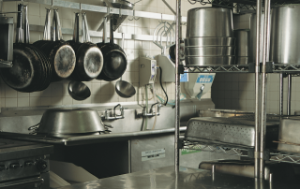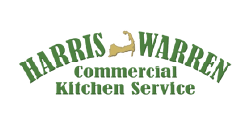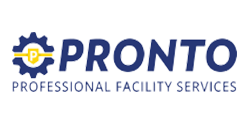Troubleshooting Hot Water with JC Viteri
No Hot Water in Your Restaurant? A Technician’s Guide to Troubleshooting Hot Water Problems
Hot water is essential to an efficiently managed restaurant during every moment of operation, yet it’s often taken for granted — until it’s not there. When hot water fails, the complications are instantaneous and may require a closure.
According to a study conducted by the American Water Works Association (AWWA), on average, restaurants use:
- 2.5 gallons of hot water per minute for handwashing,
- 3.3 gallons of hot water per minute for dishwashing,
- and 1,000 gallons per day for high-volume dishwashing.
These statistics highlight the importance of maintaining a reliable and efficient hot water system in restaurants. A malfunctioning hot water system can lead to operational and health issues, such as unsanitary conditions and food safety violations. Regular maintenance and timely repairs can help restaurants avoid these issues and ensure that they are using hot water efficiently.
Tech24 sat down with Master Plumber and Director of Sales for the MidAtlantic region J.C. Viteri to put together a simple Q and A of common instances that can lead to hot water issues or even a restaurant closure — and what to do about them!
How often do you receive SOS calls about no hot water to a restaurant?

In most cases, restaurants do have hot water, but it is cross-contaminating by mixing with cold water streams, most often in the spray handle of pre-rinse units.
What’s the temporary fix? Shut down all the cold spout handles, so the water in the stream can return to hot right away.
What’s the long-term solution? Your technician should install check valves on your lines. This is critical to complete so that you don’t have reverse pressure going into your line and limiting the temperature of your water stream.
Do you receive calls about hot water to some faucets, but not to others?
J.C. Viteri. I’ve certainly had calls about hot water funneling to the wrong places, depending on how the system was originally piped. I’ve even seen an instance where hot water was diverting into toilets because of the cross-contamination issue I mentioned. This type of situation can come and go, it just depends on how many faucets have been left open to cause the cross-contamination.
What is the most common call foodservice technicians receive about back-of-house sinks?
J.C. Viteri. The most frequent call we see is about clogged drains, or leaks from heavily used units. These usually stem from mistakes made by staff, such as removing a basket
strainer so that a sink will drain faster. Grease builds up over time, especially at night when everything cools down.
What’s the solution? I recommend operators ensure staff members are scraping down plates before those dirty dishes head to warewashing, as accumulated grease and other particles can slowly, but surely, clog drains. Sometimes a snake will do the trick, but only if the piping runs to the wall. In other cases, the trap might need removed and cleaned from underneath the unit.
What is the best way overall to avoid downtime due to water issues?
J.C. Viteri. The best way by far is to build a solid relationship with your service company and have routine inspections through a planned maintenance program. Often in this industry, managers are busy with the prep or staff issues in the morning, and they might not complete a walk-through of the whole restaurant every day. My advice is to implement this as standard procedure and create a checklist for in-house inspections that must be completed on daily basis.
So, what is best practice to reduce back-of-house sink SOS calls?
J.C. Viteri. For every unit, regularly check components like faucets, handles, hoses, drains and guards, depending on the specifics of your sink. With these routine checks in place, those repairs are less likely to come as a surprise, and should carry a smaller cost, too, perhaps only 20—40 dollars for a replacement part versus thousands if you must replace an entire sink.
For more information on sink repair or maintenance of your commercial kitchen equipment, reach out to a Tech24 expert!

























